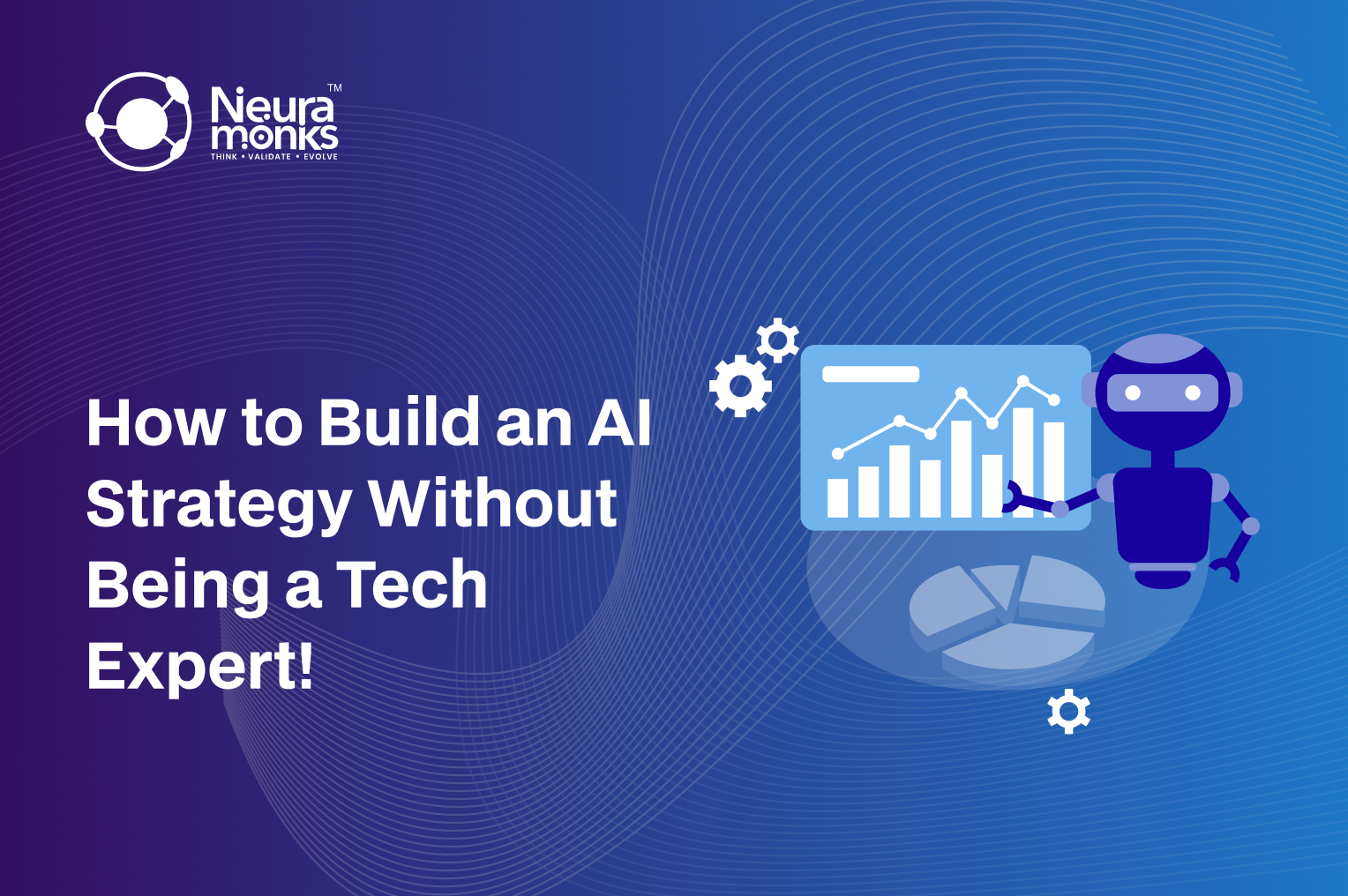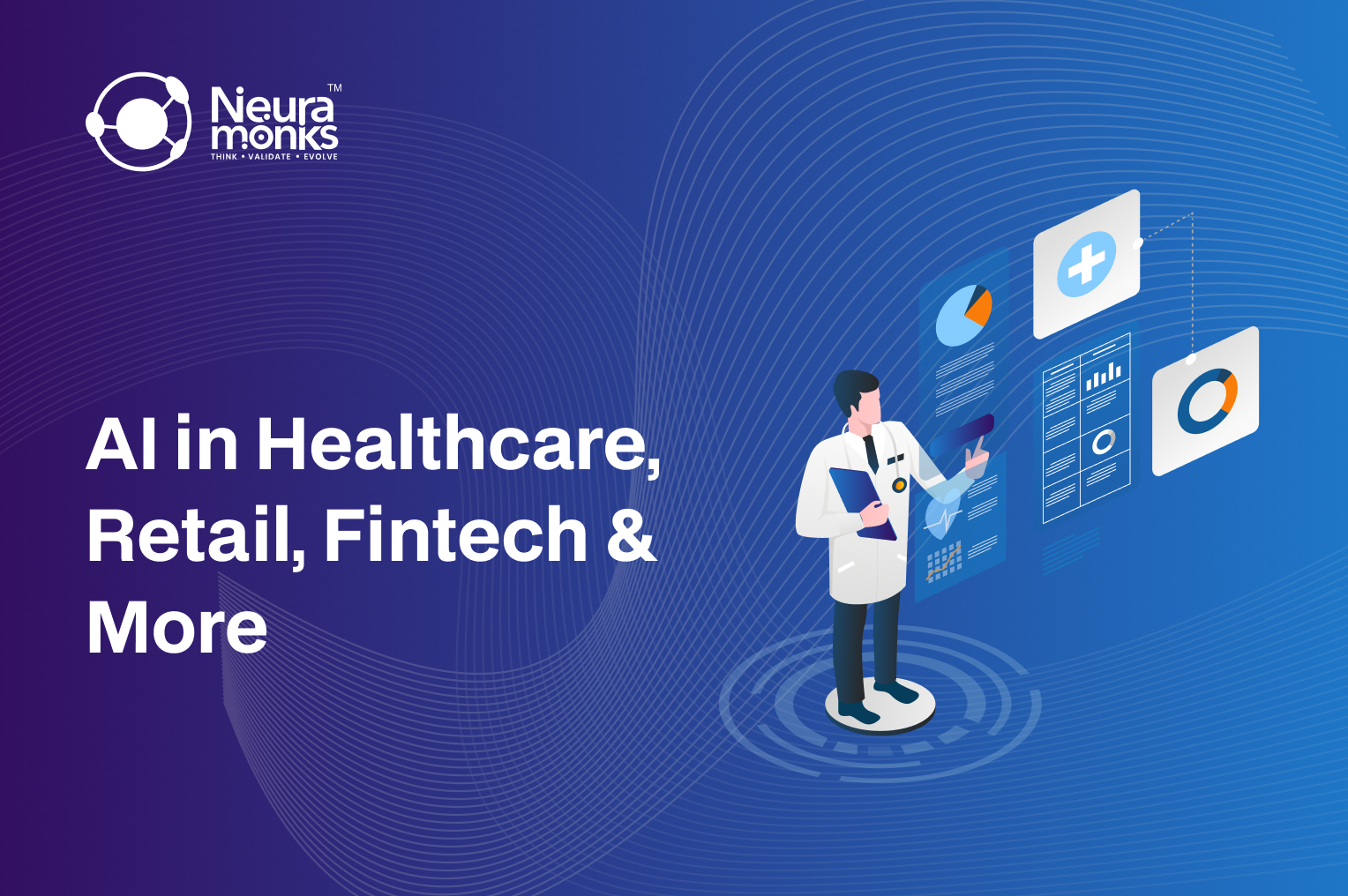TABLE OF CONTENT
Top 10 Business Problems that - AI Solutions Can Resolve across Diverse Industries!
Modern enterprises face a wide array of strategic hurdles. From inefficiencies in workflows to inconsistent customer experiences, all hinder - growth, profitability, and competitiveness. Many of these business problems are solved by AI. This scenario offers scalable and intelligent solutions across industry sectors.
Problem 1: Inefficient Processes and Automation Gaps!
Manual workflows slow down operations. Businesses struggle to scale when repetitive tasks consume valuable time. Business automation with AI comprises use cases such as
- AI-driven automation tools streamline workflows.
- Intelligent bots handle routine tasks with precision.
- Predictive algorithms optimize resource allocation.
These are classic business problems solved by AI - enabling faster operations.
Problem 2: Poor Customer Experience
Fragmented communication channels erode customer trust. Personalization is expected, but hard to deliver at scale. Use cases involving AI for customer service solutions include -
- AI chatbots offer 24/7 support.
- Sentiment analysis improves service tone and responsiveness.
- Recommendation engines tailor experiences.
Improving customer satisfaction is one of the most impactful business problems solved by AI.
Problem 3: Demand Forecasting Inaccuracy!
Flawed predictions lead to overstocking and missed sales opportunities. Conventional forecasting approaches often fail to - account for dynamic market shifts. Let us note down how AI improves efficiency for demand forecasting domains -
- AI models analyze historical and real-time data
- Machine learning adapts to changing trends
- Forecast accuracy improves inventory planning
This is a critical business problem solved by AI, especially in retail and manufacturing.
Problem 4: Data Overload Without Insights!
Organizations gather vast amounts of data sets. However, they struggle to fetch meaningful insights. So, decision-making becomes reactive instead of strategic. Let us note down enterprise AI use cases for data-driven solutions -
- AI transforms raw data into actionable intelligence.
- AI solutions process and enable intuitive data queries.
- Dashboards powered by AI offer - real-time visibility across data sets.
So, turning data into decisions is a - major business problem solved by AI.
Problem 5: Business Risk Detection
Fraud and operational risks can damage your business. AI for business transformation comprises use cases such as -
- AI detects anomalies in transactions and behavior.
- Risk scoring models flag potential threats early.
- Compliance automation ensures regulatory alignment.
So, risk mitigation is a vital business problem solved by AI. This is especially seen in finance and logistics domains.
Problem 6: Inventory Inefficiencies
Stockouts and excess inventory drain resources. Let us note down how AI improves efficiency by identifying inventory inadequacies.
- AI predicts demand and adjusts inventory levels.
- Smart warehousing improves - storage and retrieval.
- Real-time tracking enhances - supply chain visibility.
Inventory optimization is a tangible business problem solved by AI.
Problem 7: Inconsistent User Experience
Disjointed interfaces and a lack of personalization reduce engagement and loyalty. Let us discover how AI for business transformation resolves user experience challenges -
- AI personalizes content and navigation.
- UX analytics identify friction points.
- Adaptive interfaces respond to user behavior.
So, creating seamless journeys is another business problem solved by AI.
Problem 8: Lower Sales Conversions
High traffic with low conversion rates signals inefficiencies in targeting. Let us explore how business automation with AI drives sales conversions -
- AI analyzes buyer behavior and intent.
- Predictive lead scoring improves targeting.
- Dynamic pricing adjusts offers in real time.
Boosting business revenue and ROI is a core business problem solved by AI.
Problem 9: Quality Control in Manufacturing
Human inspection is slow and prone to error. Let us note down how enterprise AI use cases allow -
- AI-powered vision systems detect - defects instantly.
- Predictive maintenance reduces - overall downtime.
- Process optimization, ensuring uniform output.
Precision and reliability are business problems solved by AI in industrial settings.
Problem 10: High Operational Costs
Rising costs in labor, energy, and logistics - eat into margins. Let us explore how AI for business transformation allows -
- AI identifies cost-saving opportunities
- Automation is reducing labor dependency
- Energy optimization algorithms cut waste
Efficiency gains are significant and substantial business challenges solved by AI across diverse sectors.






